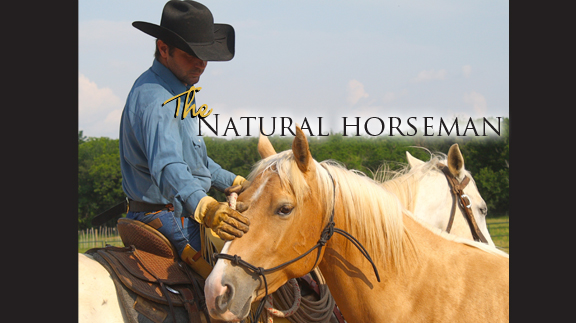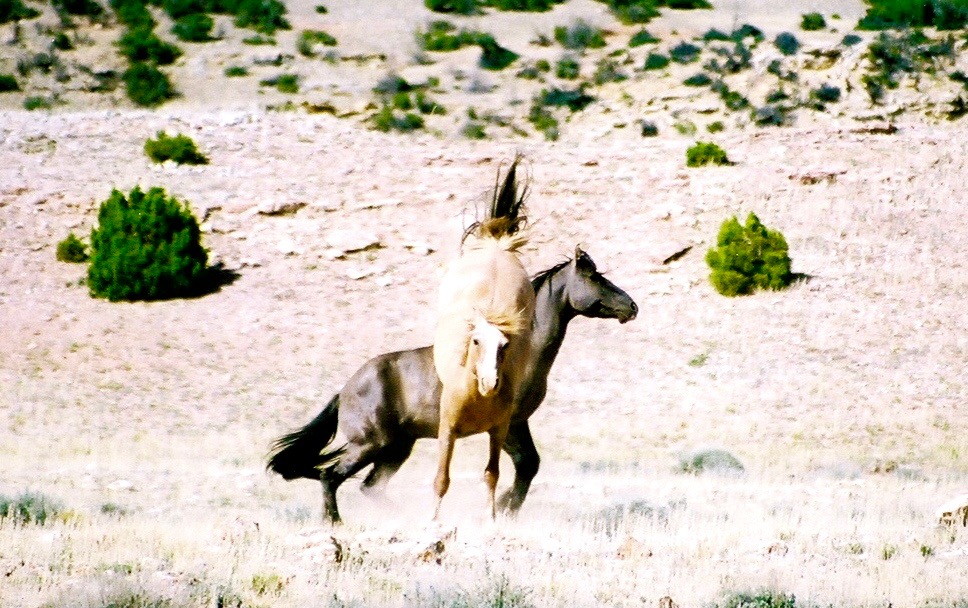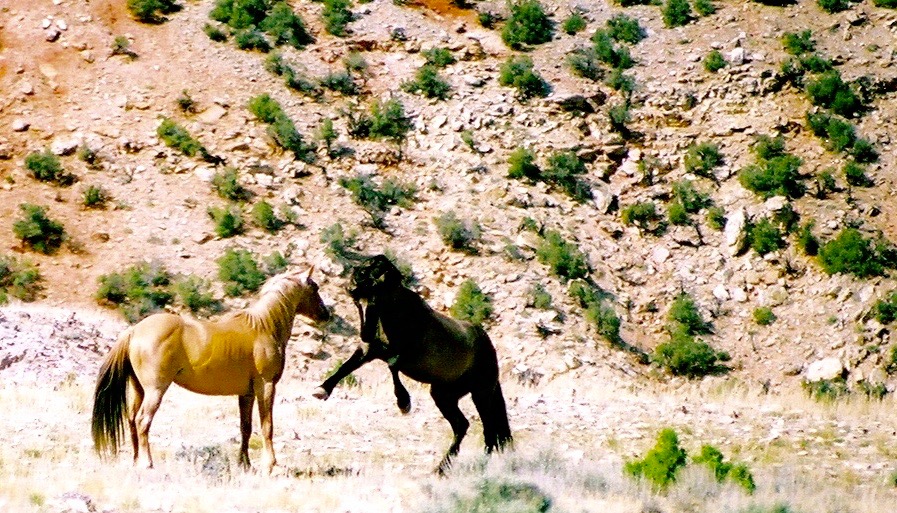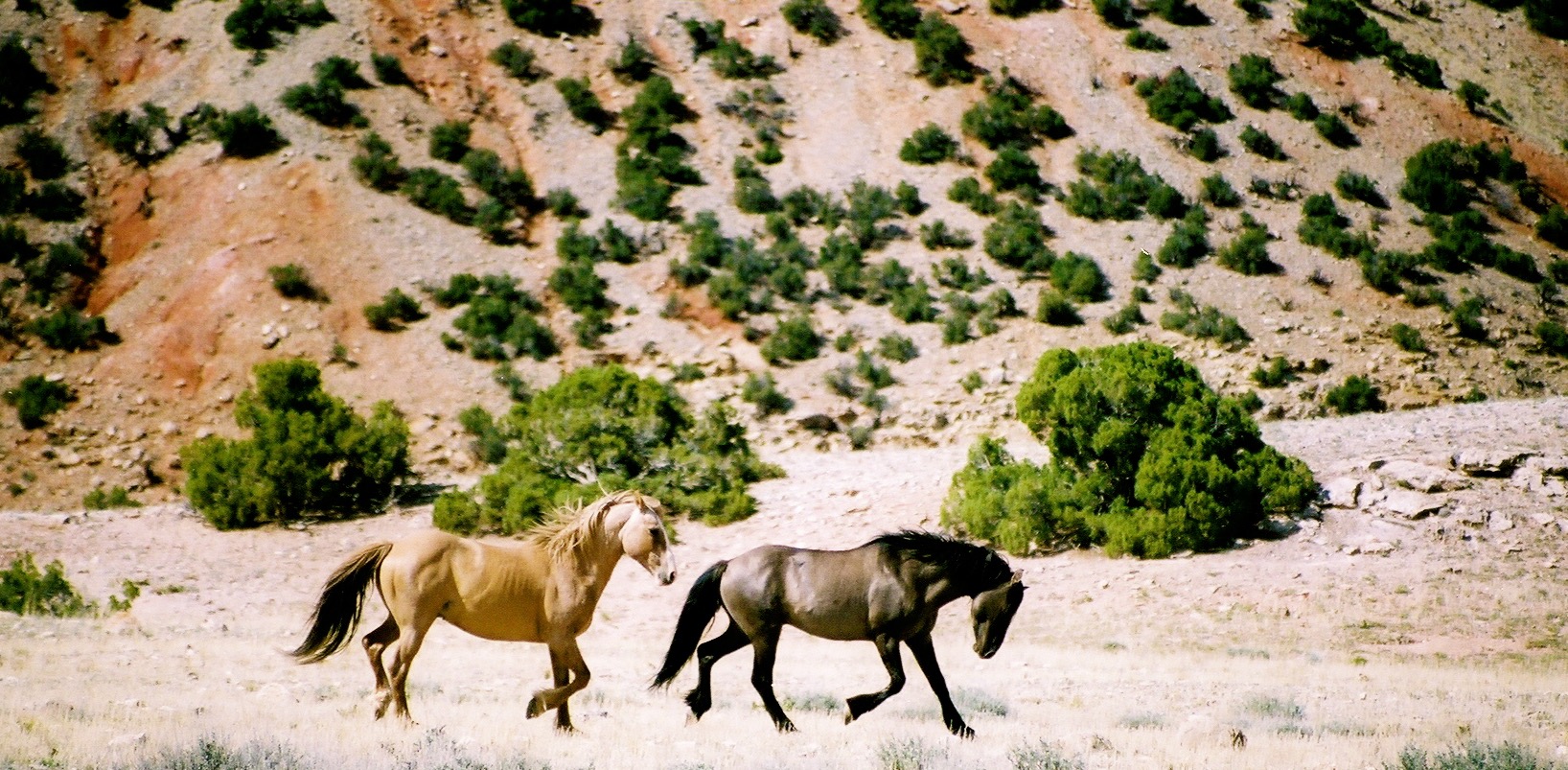HOME
The Natural Horseman – The Misunderstood Concept of Natural Horsemanship

By Steve Stevens
Most people hear the term, “Natural Horsemanship,” and they think it is some magical spell put on the horse by a person who whispers what he wants from the horse. A lot of this came from the fame of the book and the movie, “The Horse Whisperer.” Then clinicians and horse trainers ran with it. The truth is that Natural Horsemanship is just the study of how horses interact with each other in their natural herd environment. It is the study of the nature of the horse and how we as humans can communicate with the horse in a way that is easier for them to understand, building a relationship to form a partnership as opposed to forming a dominant/submissive relationship.
There isn’t any whispering involved. Sure, the better horsemen and horsewomen are quiet with their voice because they have learned that horses respond better to body language. And sure, they may seem calm and patient because they have learned by studying the horse that will get the best response. I think the biggest misconception is that a true natural horseman sneaks around, babying a horse, never asking them to do anything. This couldn’t be further from the truth.
The difference is just that with Natural Horsemanship, we want to put the horse in a situation where he is set up for success. Put enough pressure on him where he has to use his mind to figure out how to work through what he is imposed with. But don’t put so much on him that he will fail and fight. The best horsemen can make horses do things without you ever seeing what they are doing, because they dedicate themselves to practicing the techniques to connect and become one with the horse. Coming from a cowboy background, I have seen a lot of cowboys look down on the use of natural horsemanship or what it represents. But the funny thing is that some of the best cowboys I know are using natural horsemanship techniques every day, even better than the self- professed teachers of this style, without even knowing it.
Natural Horsemanship should just be called really good horsemanship. I do think there are a lot of teachers and trainers who say they teach these concepts who haven’t put the work in and that don’t have a full understanding of the science of Natural Horsemanship. I think that is where it gets some of its bad rap. I really believe that the secret to Natural Horsemanship is the idea that we never stop learning, that the horse is our teacher and every new horse we meet has something new to teach us. If you ever meet a horseman who says he knows everything about horses, I would run the other way as fast as I can.
 Two wild mustang stallions Steve and wife, Amanda observed in Wyoming. (Photos by Amanda Stevens)
Two wild mustang stallions Steve and wife, Amanda observed in Wyoming. (Photos by Amanda Stevens)
HOME
Preparing Spring Gardens

By Hannah Claxton | Editor
The North Texas area is located within USDA Hardiness zones seven and eight. The zones are categorized by predicted low temperatures for winter and timing of the first and last frosts.
Zone seven usually has winter low temps between 0 and 10 degrees F with the average date of the first frost falling between Oct. 29 and Nov. 15 and the average date of the last frost falling between March 22 and April 3.
Overall, these two zones have similar climates and growing conditions, making the options for timing and variety within a garden very similar.
In these zones, cool-season crops should go in the ground in March, meaning that soil preparation should start now.
To read more, pick up a copy of the January edition of North Texas Farm & Ranch magazine, available digitally and in print. To subscribe by mail, call 940-872-5922.

HOME
Equine Vaccinations

By Heather Lloyd
Vaccinations are a critical component of maintaining the health and well-being of horses, especially in environments where they are exposed to other animals, such as in the sport, show and performance arenas. Horses, like all animals, are susceptible to various infectious diseases that can spread quickly and cause serious harm.
A routine vaccination schedule helps prevent the spread of these diseases by preparing the horse’s immune system.
To read more, pick up a copy of the November edition of North Texas Farm & Ranch magazine, available digitally and in print. To subscribe by mail, call 940-872-5922.

HOME
Wichita Falls Area Cattlewomen

Having herds on a controlled breeding schedule means that we have a predictable calving schedule, and while it’s only over a couple of months, for us it does fall right after the start of the year. I lobby annually to call ours the “Winter calving season”, but I am outvoted and my husband still refers to it as Spring. Unlike producers in our Northern States, we don’t have to contend with brutally harsh winter weather, and on those rare times we do, thankfully it is not for extended periods. Regardless of whether you have a Spring or a Fall calving schedule, the health of a newborn calf begins with the mother’s health, and the mother’s health is largely dependent on the producer.
To read more, pick up a copy of the November edition of North Texas Farm & Ranch magazine, available digitally and in print. To subscribe by mail, call 940-872-5922.

-

 Country Lifestyles2 years ago
Country Lifestyles2 years agoScott & Stacey Schumacher: A Growth Mindset
-

 Country Lifestyles8 years ago
Country Lifestyles8 years agoStyle Your Profile – What your style cowboy hat says about you and new trends in 2017
-

 HOME8 years ago
HOME8 years agoGrazing North Texas – Wilman Lovegrass
-

 Outdoor10 years ago
Outdoor10 years agoButtercup or Primrose?
-

 Country Lifestyles5 years ago
Country Lifestyles5 years agoAmber Crawford, Breakaway Roper
-

 Country Lifestyles9 years ago
Country Lifestyles9 years agoJune 2016 Profile – The man behind the mic: Bob Tallman
-

 Equine1 year ago
Equine1 year agoThe Will to Win
-

 Country Lifestyles8 years ago
Country Lifestyles8 years agoDecember 2016 Profile, Rusty Riddle – The Riddle Way







